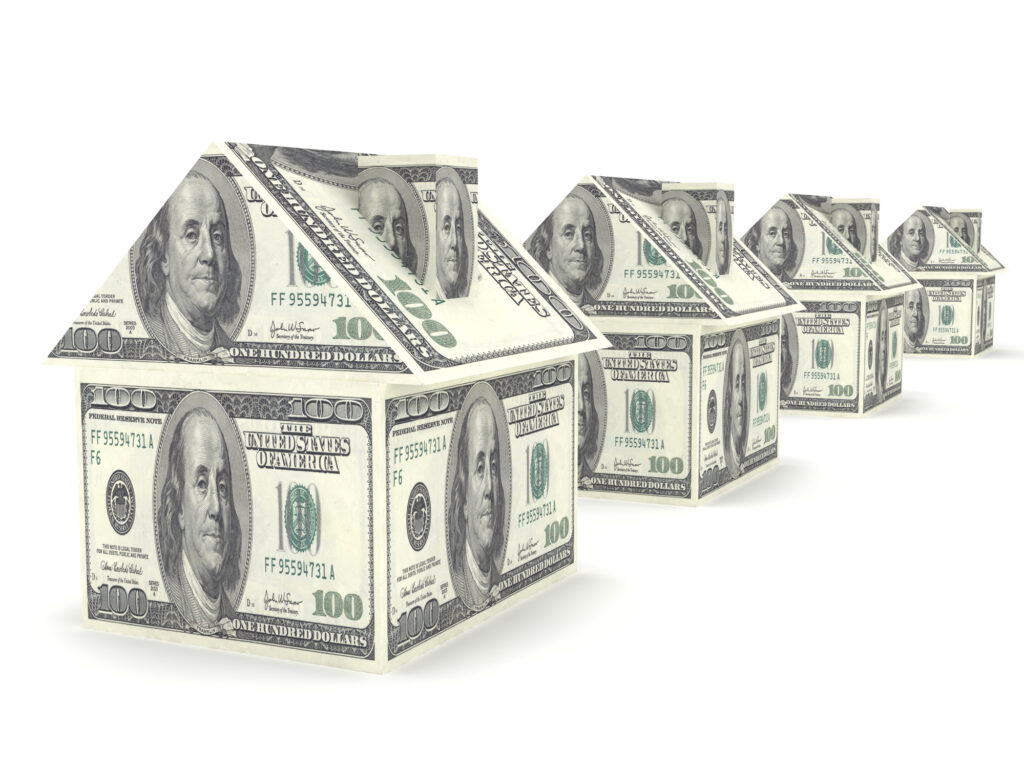BOZEMAN— Montana’s affordable housing crisis is starkly illustrated by the fact that about 80% of the state’s mortgage holders have rates significantly lower than current ones. This disparity means homeowners rarely find it financially viable to move, as new mortgages would entail much higher monthly payments. Consequently, the housing market is at a standstill. In addition, home prices have more than doubled in major Montana cities over the past decade, further complicating affordability.
Missoula Mayor Andrea Davis highlighted the issue by noting, “Like many of you, I couldn’t afford my own home.” The crisis impacts not just those struggling with housing costs but also unexpected sectors. For example, the University of Montana law school failed to hire a preferred dean due to housing affordability, even with a six-figure salary. Benjamin Horowitz from the Minneapolis Federal Reserve Bank stated, “We’re seeing the concern everywhere,” linking housing problems with broader economic development issues.
Montana’s unique housing challenges are exacerbated by insufficient construction relative to demand. Horowitz noted, “Montana sees a lack of production relative to demand,” leading to escalating prices as more people move to the state. The COVID-19 pandemic worsened the situation, with home prices in Montana rising faster than in neighboring states. From 2010 to 2020, the state experienced a 9.6% population increase but only a 6.6% growth in housing.
Despite a declining birth rate, Montana’s population grows due to high domestic migration, ranking fifth nationwide. However, international migration is minimal, with Montana ranking 51st. Horowitz explained that most housing competition comes from within the state, debunking the myth that out-of-state buyers are primarily responsible for the crisis. Unlike states like North Dakota and South Dakota, where growth is concentrated in a few cities, Montana’s housing demand is widespread, affecting all metro areas.
The housing market is effectively frozen as two-thirds of Montana homeowners have interest rates below 4%, deterring moves and stalling the traditional cycle of “trading up” in the housing market. This situation exacerbates the housing unit gap, currently at 14,000, which would take three years of continuous building to meet existing demands.





